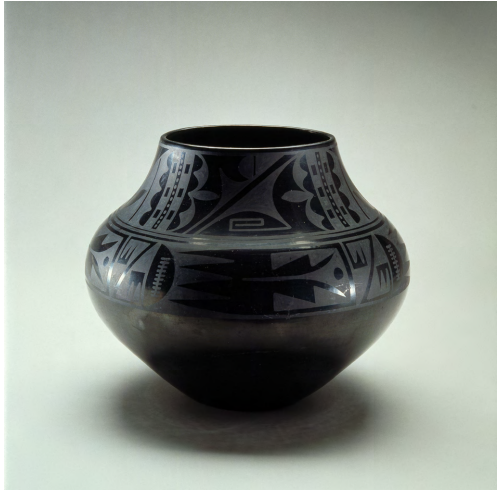APAH unit 7 part 2
0.0(0)
0.0(0)
Card Sorting
1/13
Earn XP
Description and Tags
Study Analytics
Name | Mastery | Learn | Test | Matching | Spaced |
|---|
No study sessions yet.
14 Terms
1
New cards
Yaxchilán Chiapas, Mexico. Maya. 725 ce. Limestone (architectural complex).

2
New cards
Templo Mayor (Main Temple) Tenochtitlan (modern Mexico City, Mexico). Mexica (Aztec). 1375–1520 ce. Stone (temple); volcanic stone (The Coyolxauhqui Stone); jadeite (Olmec-style mask); basalt (Calendar Stone).

3
New cards
Ruler’s feather headdress (probably of Motecuhzoma II) Mexica (Aztec). 1428–1520 ce. Feathers (quetzal and cotinga) and gold.

4
New cards
Chavín de Huántar Northern highlands, Peru. Chavín. 900–200 bce. Stone (architectural complex); granite (Lanzón and sculpture); hammered gold alloy (jewelry)

5
New cards
City of Cusco, including Qorikancha (Inka main temple), Santo Domingo (Spanish colonial convent), and Walls at Saqsa Waman (Sacsayhuaman) Central highlands, Peru. Inka. c. 1440 ce; convent added 1550–1650 ce. Andesite

6
New cards
Maize cobs Inka. c. 1440–1533 ce. Sheet metal/repoussé, metal alloys

7
New cards
City of Machu Picchu Central highlands, Peru. Inka. c. 1450–1540 ce. Granite (architectural complex).

8
New cards
All-T’oqapu tunic Inka. 1450–1540 ce. Camelid fiber and cotton.

9
New cards
Bandolier bag Lenape (Delaware tribe, Eastern Woodlands). c. 1850 ce. Beadwork on leather.

10
New cards
Transformation mask Kwakwaka’wakw, Northwest coast of Canada. Late 19th century ce. Wood, paint, and string

11
New cards
Painted elk hide Attributed to Cotsiogo (Cadzi Cody), Eastern Shoshone, Wind River Reservation, Wyoming. c. 1890–1900 ce. Painted elk hide.

12
New cards
13
New cards
Mesa Verde cliff dwellings Montezuma County, Colorado. Ancestral Puebloan (Anasazi). 450–1300 ce. Sandstone.

14
New cards
Black-on-black ceramic vessel Maria Martínez and Julian Martínez, Tewa, Puebloan, San Ildefonso Pueblo, New Mexico. c. mid-20th century ce. Blackware ceramic.
